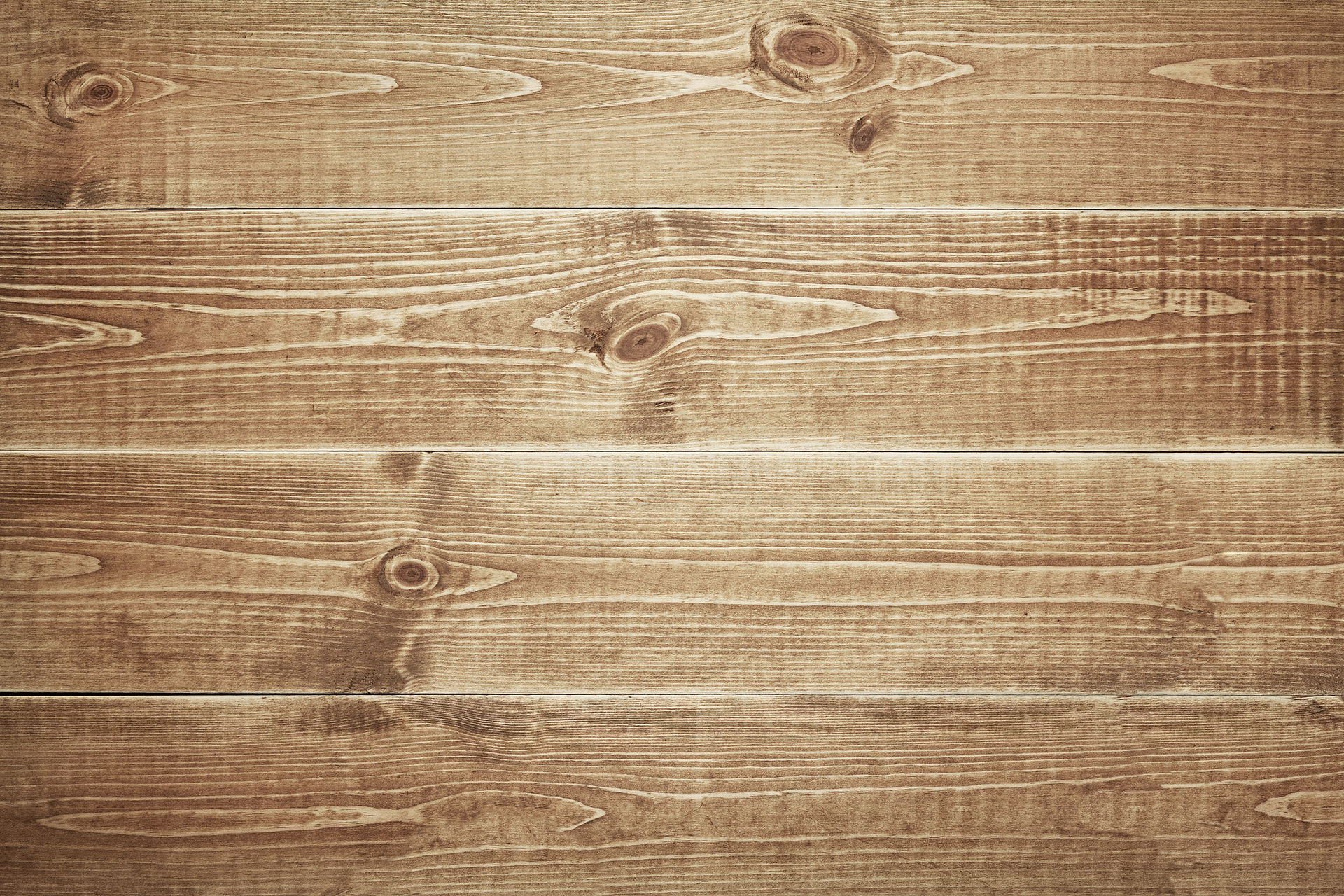
It all started in Massachusetts, it wasn’t a big hit, no one knew how it worked, and it was too complex. This mind blowing invention was Tupperware! Tupperware today is seen as the most convenient and practical item but in the beginning its future didn’t seem so bright. What would we do with our leftover food if it wasn’t for Tupperware, or how would we transport food from place to place? Tupperware was a major staple to the community in the 1940’s. It reduced plastic waste from plastic companies, provided jobs to stay at home moms, and added convenience to being together.
Before Earl Silas Tupper invented the amazing brand Tupperware he was a normal kid who loved to dream and invent on his family’s farm (“Earl Silas Tupper” par 1). Later on in his life Tupper got a job at one of the local plastic factories (“Earl Silas Tupper” par 6). Being a chemist Tupper knew plastic had a miserable reputation for being sticky, fragile and smelly (“Learn More About Tupperware” par 1). He arranged with the plastic factory for them to give him the remains of the plastic which was called “polyethylene slag”, a waste product of the refining process. Tupper later took this “slag” and purified it to be moldable plastic (“Learn More About Tupperware” par 2 ) .After one year spent at the factory, Tupper bought some mold machines and made random items out of plastic. He later named this “business” of his Tupper Plastics (“Earl Silas Tupper” par 7). Tupper took the remains or waste of his local plastic company to create the most treasured kitchen item of the 1940’s.
Soon after Tupperware was created, a woman by the name of Brownie Wise received her very first set of Tupperware bowls from a friend who bought them at a hardware store (“Learn More About Tupperware” par6). Wise was a single mother with no prior business experience (“Earl Silas Tupper” par 11). Like many others, Wise was intrigued by how the lid of her Tupperware sealed. It took her three days to figure it out then she set out to sell Tupperware on her own (“Learn more about Tupperware” par 6). So she decided to write to Earl Tupper to introduce her idea of “Party Plan” where she could sell Tupperware products from her home (“Heritage” par 6). Tupper soon noticed Wise was selling large quantities of Tupperware from home and invited her out to Massachusetts to meet the creator himself (“Earl Silas Tupper” par 11). He later hired Wise to manage the entire sales operation ( “Introduction: Tupperware!” par 6).
The convenience of Tupperware was also a major plus. Stay at home mothers who dedicated themselves to their family saw Tupperware as a more organized and convenient alternative to unsightly packages like the wooden containers lined with tin before Tupperware was invented. (“Heritage” par 1). Tupperware also designed The Tupper Wave Stack Cooker that cooked a three course meal in 30 minutes (“Heritage” par 12). Tupperware’s inventive designs provided the stay at home mom more time for other tasks besides cooking. Also after World War two people would get together and have barbeques in their subdivisions. The Tupperware container added more convenience to these occasions. The Party Bowl, The Pie Taker and the Dip N Serve made it simple to get food to and from the backyard (“Heritage” par 6). Tupperware provided a convenience to the neighborhood parties.
Earl Silas Tupper died in 1983 but he left behind his patents that ran out in 1980 (Earl Silas Tupper par 18). Tupperware currently sells to over 100 countries and makes a profit of over 1.2 billion dollars a year (“Learn More About Tupperware” par 8). Tupperware just recently reported a 28 percent increase in earnings and an 8 percent jump in sales (Goudreau par 1).
Tupperware was on top when it was first introduced and seems to be staying there. Not only did they provide stay at home moms job in the 1940’s they currently have 2.6 million women workers (Goudreau par 2). Reducing plastic from plastic companies, providing jobs for women and encouraging togetherness was all a part of the job for Tupper. His legacy lives on in all his products that he invented and they still impact us today. Where would we be without Tupperware?
Works Cited
“Earl Silas Tupper .” PBS. PBS, 1996-2013,
http://www.pbs.org/wgbh/americanexperience/features/biography/tupperware-tupper/. Accessed 3 October 2016.
“Heritage.” Tupperware Brands. https://www.tupperwarebrands.com/company/heritage.
Accessed 3 October 2016.
“Learn More about Tupperware.”Tupperware.http://www.tupperware.ie/learn-more-about-
tupperware. Accessed 3 October 2016.
Goudreau, Jenna. “The Tupperware Effect, Empowering Women Around the World.” Forbes. 14
Feb. 2011, http://www.forbes.com/sites/jennagoudreau/2011/02/14/the-tupperware-effect-empowering-women-around-the/world-rick-goings-jobs-hiring employment/#52eebd8628b0. Accessed 3 October 2016.
“Introduction: Tupperware.”PBS.PBS, 1996-2013,
http://www.pbs.org/wgbh/americanexperience/features/introduction/tupperware-
introduction/. Accessed 3 October 2016.
Turning Plastic Into Profit
